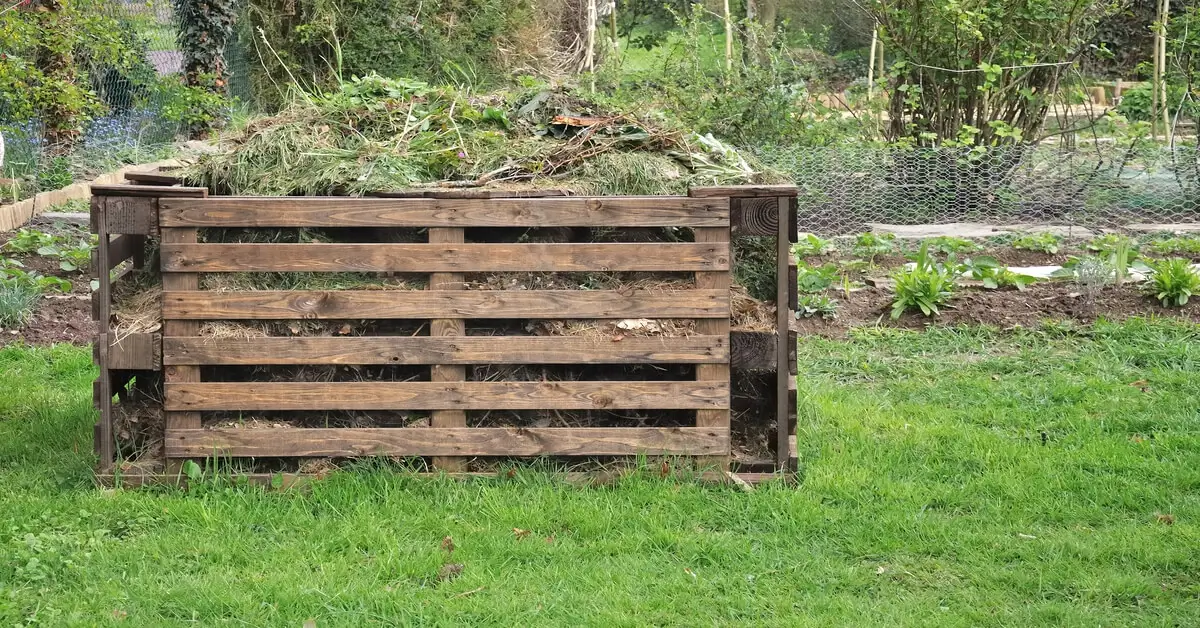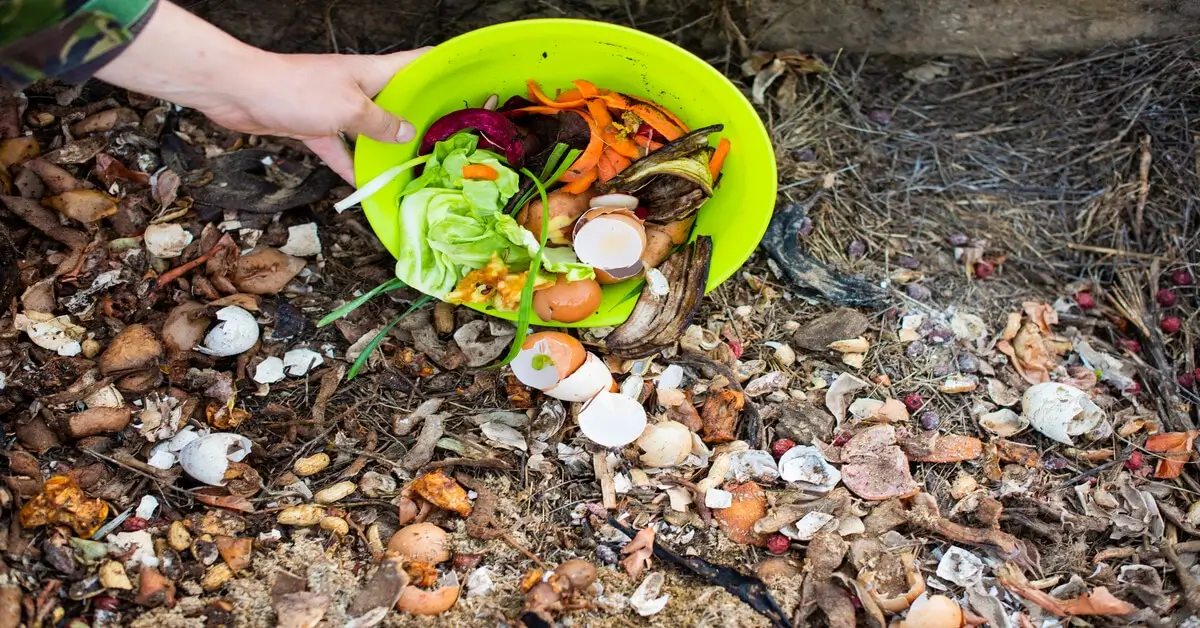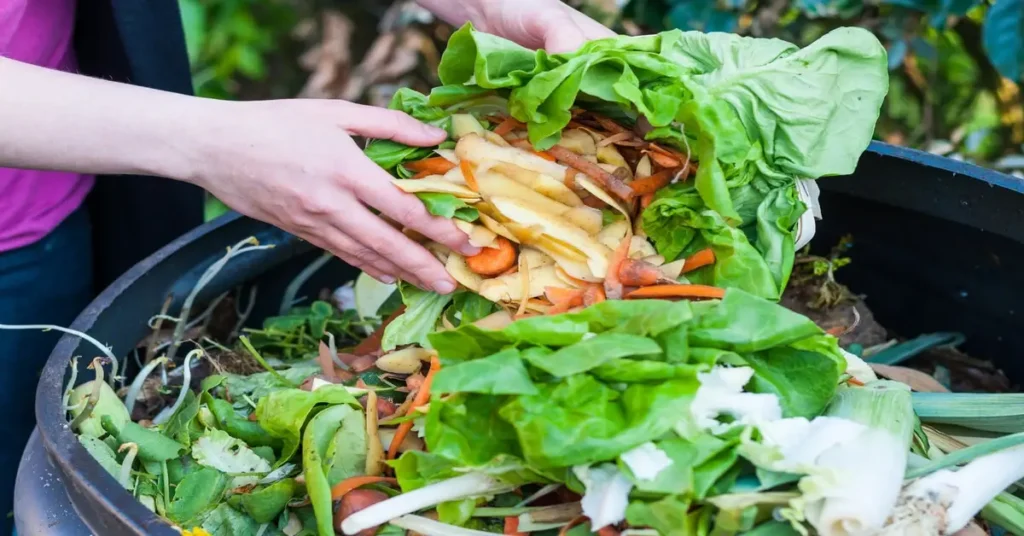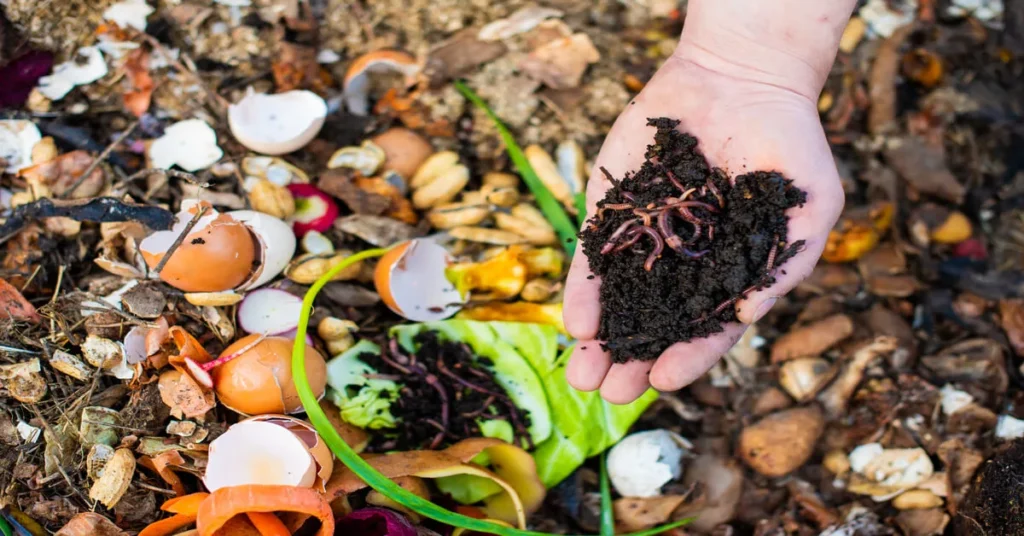Creating rich, beneficial compost at home is a skill every gardener can master. With our comprehensive guide on the basics of composting, we’ll show you how easy it is to turn organic waste into a valuable soil amendment.
What is Compost?
Composting is nature’s recycling of organic material into a nutrient-rich soil conditioner. Composting involves decomposing organic materials like food scraps, grass clippings, and dry leaves into a dark, crumbly substance. This mature or finished compost teems with nutrients that enrich your garden soil, helping plants thrive.
Choosing Your Home Composting Method

There are many ways to compost. Standard options for composting at home include:
1. Using a bin or tumbler.
2. Creating a compost pile in your backyard.
3. Worm composting indoors.
A compost bin is a simple, tidy solution for small gardens. A compost tumbler, on the other hand, is an excellent option if you want to speed up the composting process. It allows for easy turning, maintaining good aeration.
For more extensive gardens, a backyard compost pile is a straightforward choice. While it requires more space, it’s easy to maintain and doesn’t require special equipment.
If you live in an apartment or want to compost indoors, worm composting or “vermicomposting” is a brilliant choice. You only need a worm bin filled with red wrigglers to decompose food scraps.
Creating the Perfect Compost Pile
A successful composting system involves a balance between ‘green’ nitrogen-rich material and ‘brown’ carbon-rich material. Green materials include vegetable scraps, coffee grounds, and grass clippings. Brown materials encompass dry leaves, wood chips, and straw. A ratio of 3:1 of brown to green materials ensures good compost.
Start composting by adding layers of brown and green materials to your pile or bin. To keep your compost pile active, turn the pile every few weeks using a pitchfork or a compost tumbler. This aeration helps speed up the composting process.
Remember to keep your compost pile moist but not wet. You should add water during dry spells.
Composting Dos and Don’ts

When adding material to your compost pile, remember some items should be kept out of the compost. Materials that can be composted include vegetable peels, coffee grounds, eggshells, and yard waste like grass clippings and leaves.
Avoid adding meat, dairy, diseased plants, and pet waste. These materials can attract pests and cause unpleasant smells.
Knowing When Your Compost is Ready
How do you know when your compost is ready to use? Finished compost is rich, dark, and crumbly. It should smell earthy, not rotten. The composting process can take anywhere from 2 months to a year, depending on the composting method and how often you turn your compost.
To harvest your finished compost, take compost from the bottom of your pile or bin. This is the oldest compost, and it’s usually ready to use.
Using Your Finished Compost
When your compost is ready, add it to your garden. You can mix compost into the top layer of the soil or use it as a mulch. Just a few inches of compost can significantly improve the quality of your soil.
Composting at home is more than an eco-friendly way to manage organic waste. It’s also a rewarding way to create your nutrient-rich soil amendment. With these composting basics under your belt, you’re ready to start composting at home.
Conclusion
Remember, every compost pile is a unique experiment. Don’t be afraid to try different combinations of green and brown materials or explore various composting methods until you find what works best.


